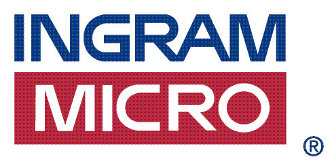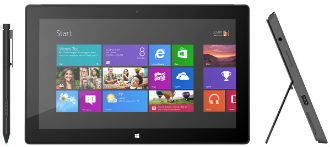 Windows 8 has failed to rejuvenate the PC market and even hopes of a Win 8 tablet push are slowly evaporating. Jun Dong-Soo, the head of Samsung’s memory division, recently said Windows 8 is no better than Vista, which is pretty much the worst insult one can bestow on a Microsoft product.
Windows 8 has failed to rejuvenate the PC market and even hopes of a Win 8 tablet push are slowly evaporating. Jun Dong-Soo, the head of Samsung’s memory division, recently said Windows 8 is no better than Vista, which is pretty much the worst insult one can bestow on a Microsoft product.
Dong-Soo pointed out that the PC industry is still shrinking despite the Windows 8 launch and he also said Redmond’s Surface tablets aren’t doing well, which is hardly a secret. What’s more, Dong-Soo is not alone. Computerworld reports that an HP exec recently said that the Surface RT is too pricey, slow and not very nice to use.
Acer president Jim Wong also believes Windows 8 is not successful. However, Wong told the Wall Street Journal that he expects sales of Windows 8 touch enabled devices to pick up in the second half of the year. This does not mean that we will see tons of tablets, as it is more than likely that the bulk of Windows 8 touch devices will be Ultrabooks and hybrids.
Many are now looking to Redmond for some action, any action will do. IDC analyst Bob O’Donnell told CNET that it might be time for Microsoft to start thinking about some changes.
“There were certain decisions that Microsoft made that were in retrospect flawed. Notably not allowing people to boot into desktop mode and taking away the start button. Those two things have come up consistently. We’ve done some research and people miss that,” he said.
In retrospect, the decision to ditch the start button was probably a wrong call on Microsoft’s part, as many Windows users tend to be rather conservative and fear change. O’Donnell says it is time for Microsoft to rethink its design, relying on input from PC makers. He argued that Microsoft should change the OS, allowing it to boot to desktop mode, as many users simply dislike the new Metro UI.
However, Microsoft is is still not saying anything on design changes or possible price cuts. O’Donnell believes Windows 8 sales are “horribly stalled,” so it might not be too long before the company is forced to take action. In doing so, it will tell the world that its Windows 8 strategy was flawed, on top of its flawed tablet strategy. And smartphone strategy, search strategy, social strategy, consumer electronics strategy and just about every other botched idea that came out of Redmond since Vista.














